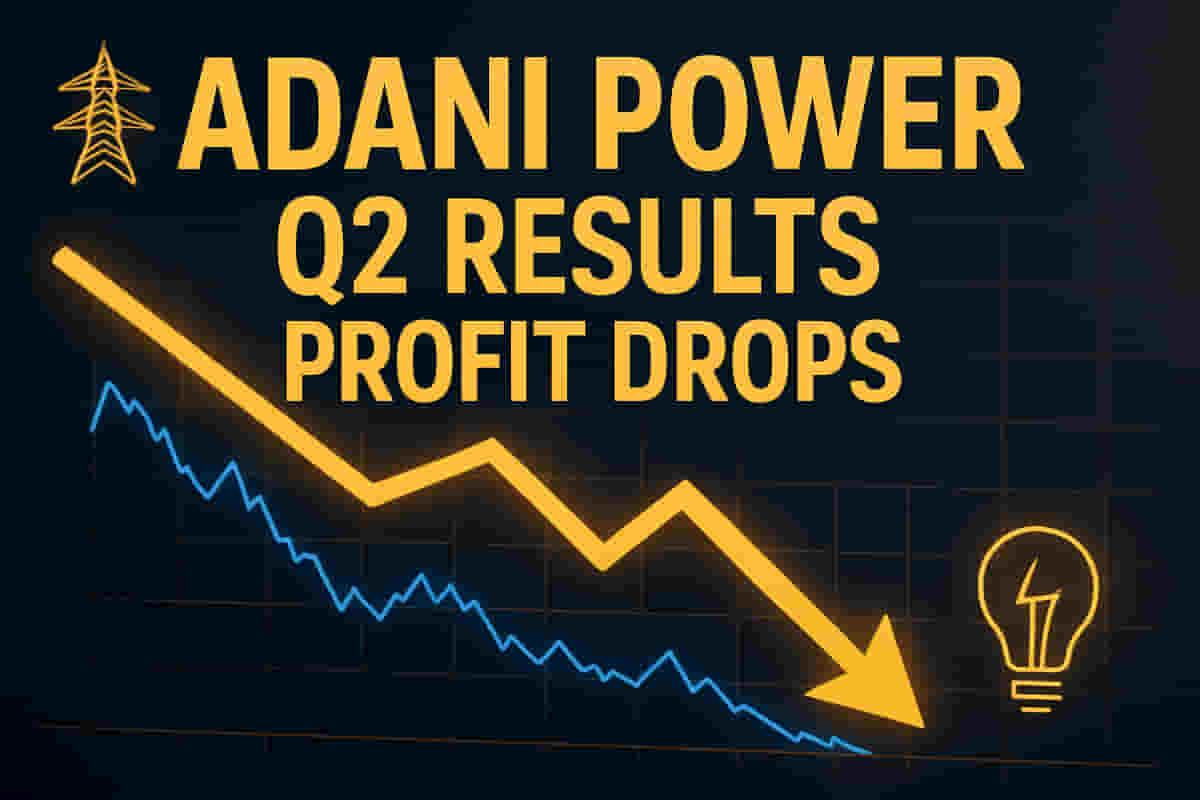Adani Power Q2 FY26 Profit Declines 11.8% Amid Subdued Demand
Energy
|
30th October 2025, 9:02 AM

▶
Stocks Mentioned :
Short Description :
Detailed Coverage :
Adani Power announced a consolidated net profit of Rs 2,906.46 crore for the second quarter of the financial year 2025-26, an 11.8% decrease compared to Rs 3,297.52 crore in the same period of FY25. The company's consolidated revenue from operations grew by a modest 0.88% to Rs 13,456.84 crore in Q2 FY26, up from Rs 13,338.88 crore in Q2 FY25. Earnings Before Interest, Taxes, Depreciation, and Amortization (EBITDA) remained largely flat, increasing by just 0.03% to Rs 6,001.24 crore from Rs 5,999.54 crore year-on-year.
The company stated that subdued demand in the quarter was influenced by the early arrival of the monsoon, which disrupted normal usage patterns and lowered tariffs in the merchant market. Furthermore, a high base effect from the previous year, driven by extreme heatwave conditions that boosted demand, also impacted the year-on-year growth figures. Overall all-India energy demand growth slowed to 3.2% in Q2 FY26.
Adani Power's operating capacity increased from 17,550 MW in Q2 FY25 to 18,150 MW in Q2 FY26, primarily due to the acquisition of 600 MW capacity from Vidarbha Industries Power Ltd.
Impact This news could lead to investor caution regarding Adani Power's profitability trends and future growth, potentially influencing its stock performance. The reliance on weather patterns highlights the inherent risks and sensitivities within the power sector. Rating: 6/10
Difficult Terms: Consolidated Net Profit: The total profit of a company and all its subsidiaries after deducting all expenses, taxes, and interest. Revenue: The total income generated by a company from its normal business operations, such as selling goods or services. EBITDA: Earnings Before Interest, Taxes, Depreciation, and Amortization. It is a measure of a company's operating performance before accounting for financing and accounting decisions. YoY: Year-on-Year, a comparison of a period's data with the data from the same period in the previous year. Merchant Market: A segment of the electricity market where power is sold at wholesale prices based on immediate supply and demand, rather than through long-term contracts. High Base Effect: Occurs when a period's result is compared to a previous period that had an unusually high or low figure, making the current period's change appear more dramatic than it might otherwise be.